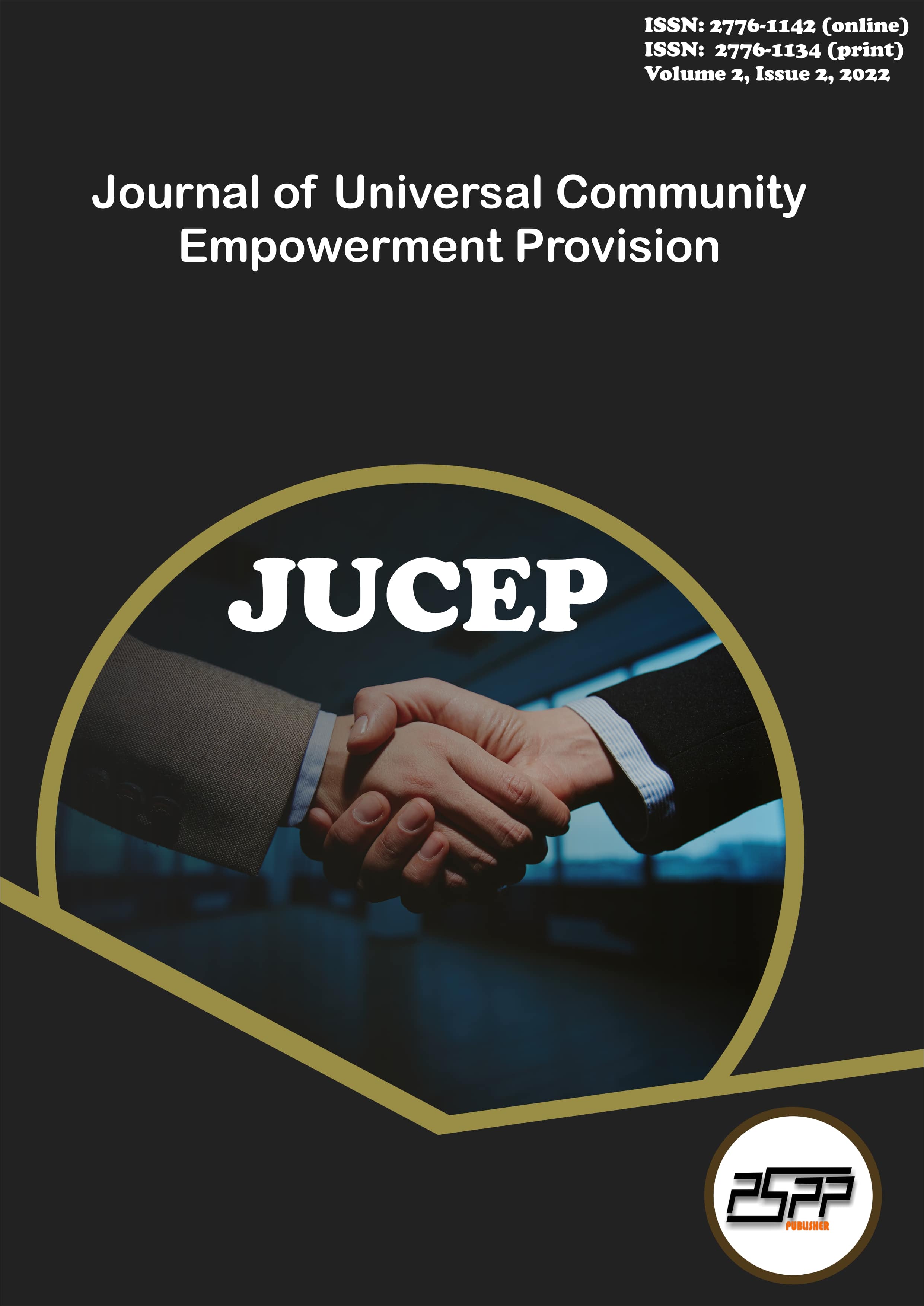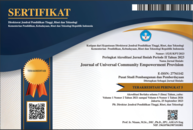Empowerment of Local Snack Product Development for Farmers
DOI:
https://doi.org/10.55885/jucep.v2i3.209Keywords:
Local Snack Product Development, Empowerment, Small-scale farmersAbstract
This essay uses the example of Palopo in South Sulawesi to discuss the value of empowering small-scale producers to develop new types of refreshing beverages using only locally sourced ingredients. We begin by talking about the challenges faced by small-scale manufacturers and how innovation can aid them. Then, we dive into the Palopo case study, which centers on the work of the Palopo Food Entrepreneurship Network (JAWIKA) to aid farmers and other makers in creating high-quality beverages. As a consequence of this initiative, producers have seen an increase in revenue, new jobs have been created, and cultural traditions have been protected. Additionally, the article provides both lessons learned and suggestions for similar initiatives that could be implemented in other remote areas, emphasizing the importance of market research, access to resources and infrastructure, training and support. Collaboration and networking between producers, researchers, and marketing pros is crucial to the success of any undertaking. Supporting economic growth and preserving cultural traditions in outlying areas through the empowerment of local producers through the development of locally made snacks is, in general, an effective strategy.References
Barska, A., & Wojciechowska-Solis, J. (2020). E-consumers and local food products: A perspective for developing online shopping for local goods in Poland. Sustainability, 12(12), 4958.
De Koeijer, B., De Lange, J., & Wever, R. (2017). Desired, perceived, and achieved sustainability: Trade-offs in strategic and operational packaging development. Sustainability, 9(10), 1923.
Kumar, P., Tokas, J., Kumar, N., Lal, M., & Singal, H. R. (2018). Climate change consequences and its impact on agriculture and food security. International Journal of chemical studies, 6(6), 124-133.
Lipton, D., Sachs, J., Fischer, S., & Kornai, J. (1990). Creating a market economy in Eastern Europe: The case of Poland. Brookings papers on economic activity, 1990(1), 75-147.
Montgomery, M. A., & Elimelech, M. (2007). Water and sanitation in developing countries: including health in the equation. Environmental science & technology, 41(1), 17-24.
Moskowitz, H. R., Beckley, J. H., & Resurreccion, A. V. (2012). Sensory and consumer research in food product design and development. John Wiley & Sons.
Stevens, R. E., Loudon, D. L., & Nykiel, R. A. (2013). Marketing your business: a guide to developing a strategic marketing plan. Routledge.
Tian, L., & Jiang, B. (2018). Effects of consumer‐to‐consumer product sharing on distribution channel. Production and operations management, 27(2), 350-367.
Viswanathan, M., & Sridharan, S. (2012). Product Development for the BoP: Insights on Concept and Prototype Development from University‐Based Student Projects in I ndia. Journal of Product Innovation Management, 29(1), 52-69.
Downloads
Published
How to Cite
Issue
Section
License
Copyright (c) 2023 Journal of Universal Community Empowerment Provision

This work is licensed under a Creative Commons Attribution-ShareAlike 4.0 International License.
















